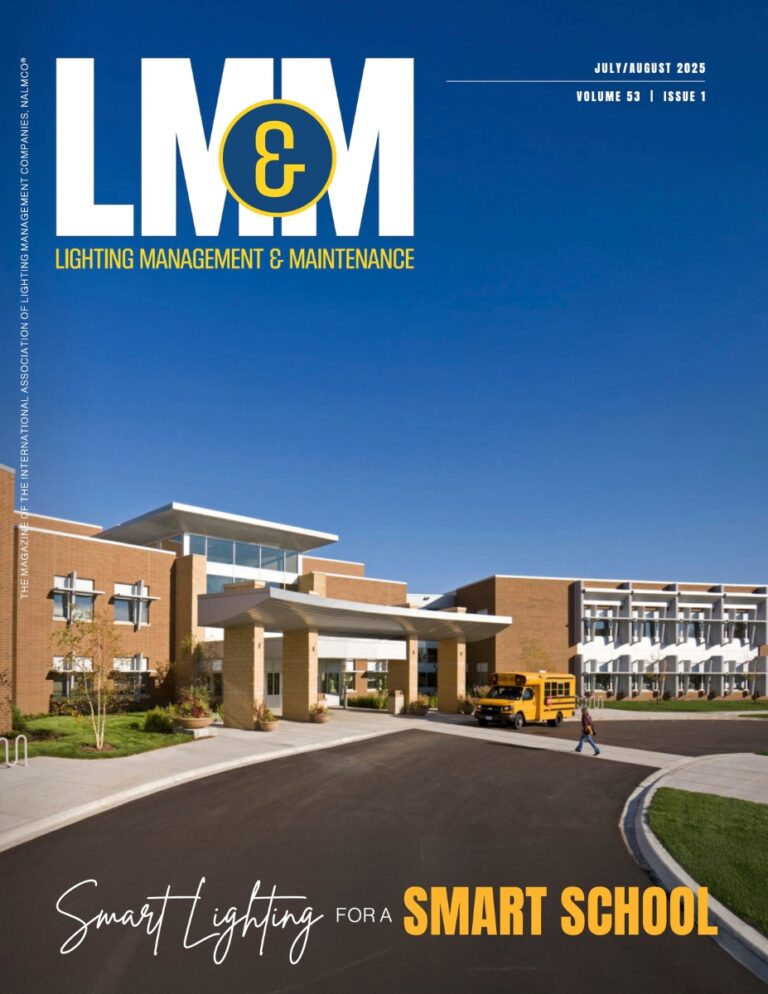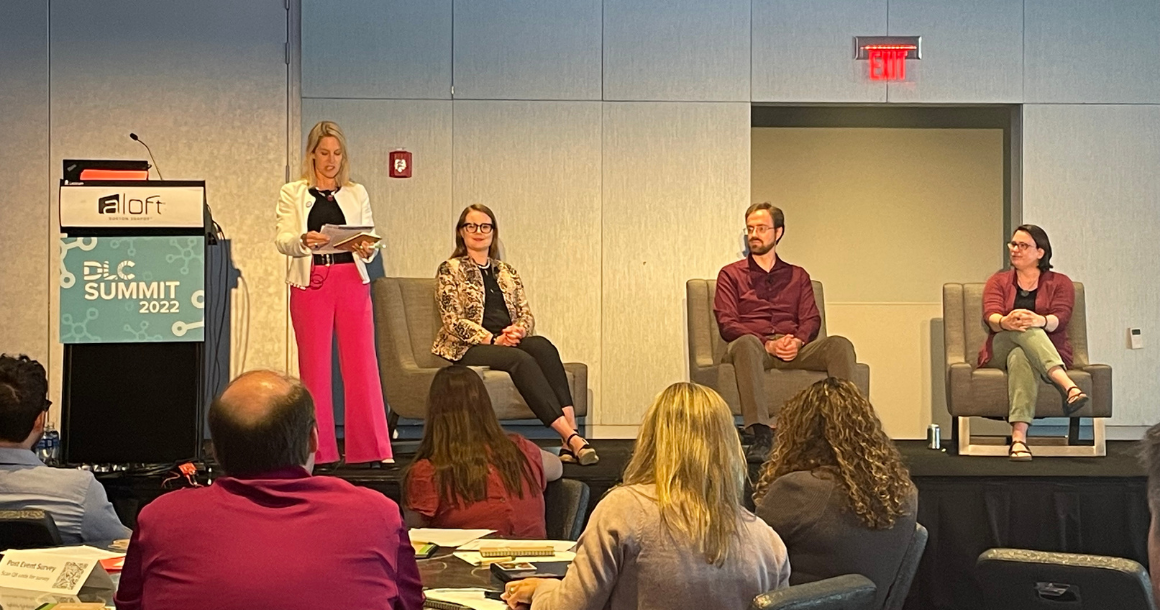Whichever direction the DesignLights Consortium (DLC) and its electric utility members choose to take the program with the next updates to its specifications for solid-state lighting (SSL) and networked lighting controls (NLC), their decisions will be informed in part by more than 1,300 years of collective lighting expertise at the organization’s annual Summit, held this Tuesday at the Aloft Boston Seaport District hotel.
Following opening remarks from DLC Executive Director Tina Halfpenny, Maggie McCarey from the Massachusetts Department of Energy Resources detailed the state’s goals for the reduction of greenhouse gas emissions including a target 50% reduction by 2030, with 40% of those reductions expected to come from the building sector. McCarey explained the Department’s focus on achieving “long term durable greenhouse gas reductions” through redesigned energy efficiency programs which are expected to be the primary driver for such reductions.
Bernadette Boudreaux, the DLC’s associate director of operations served as the day’s emcee beginning with a request to total the collective years of lighting experience at each table. Every table counted more than a century of collective experience, with one boasting 206 years. Boudreaux then introduced the first session, moderated by DLC Director of Market Strategy & Development Dorene Maniccia, about the successful implementation of connected lighting. Boston University’s Director of Engineering & Building Systems Elijah Ercolino described his experience installing and commissioning half a dozen disparate lighting control systems, his long-term goal for integrating them, and his recommendation to steer more jobseekers towards work in the trades. Naveed Khan, technical services manager for Con Edison, emphasized the need for education for all market actors in the lighting controls space, and the need to keep controls as simple as possible. Marc Hodges, director of solutions sales for lighting at Sonepar USA said that standardization is desperately needed to enable increased interoperability, since too often multiple control packages within a building will not work together, leaving the customer with “a very expensive on/off switch”, a notion that was repeated throughout the day.
Next, DLC Technical Director Stuart Berjansky introduced the topics for the three one-hour discussion sessions. At each of eight tables, attendees preselected to represent a balance of viewpoints considered a series of questions posed by DLC staff on the topics of device-to-device interoperability (coined “D2Di”), SSL luminous efficacy increases, and room controls, a working title for a potential new program intended to enable utilities to incentivize simpler and less expensive room-level lighting control systems. Berjansky emphasized “Nothing is set in stone yet… these are ideas we’ve been vetting… this is your opportunity to give us that feedback”. At one table, it was agreed that interoperability is an important goal, SSL efficacy increases can no longer be anticipated, and room-level control systems do have potential to address the complexity and cost that often impedes implementation of lighting control systems.
The final session of the day, titled Whose Footprint is that? Embodied Carbon and Sustainable Lighting Design, featured Alexandra Gadawski, HMFH Architects, Sara Schonour, Lytei, and Nathaniel Jones, Arup, discussing life cycle analyses, attribution of embedded carbon, and the imperative for lighting manufacturers broadly to begin studying and quantifying the carbon dioxide emissions embodied in their products. Particularly interesting was Jones’ conceptual description of a “luminaire broker” to serve as an intermediary to identify luminaires with suitably low embodied carbon. All agreed that manufacturers providing such product information are of greater value in today’s lighting design processes.
Though far from the most well-attended of DLC summits, the event drew around one hundred attendees, the mood was upbeat, and the conversations were lively. “We designed the summit to be one day and small,” said Halfpenny, “but that allowed for rich discussions on key topics related to advancing lighting with a brilliant and engaged mix of stakeholders.”





